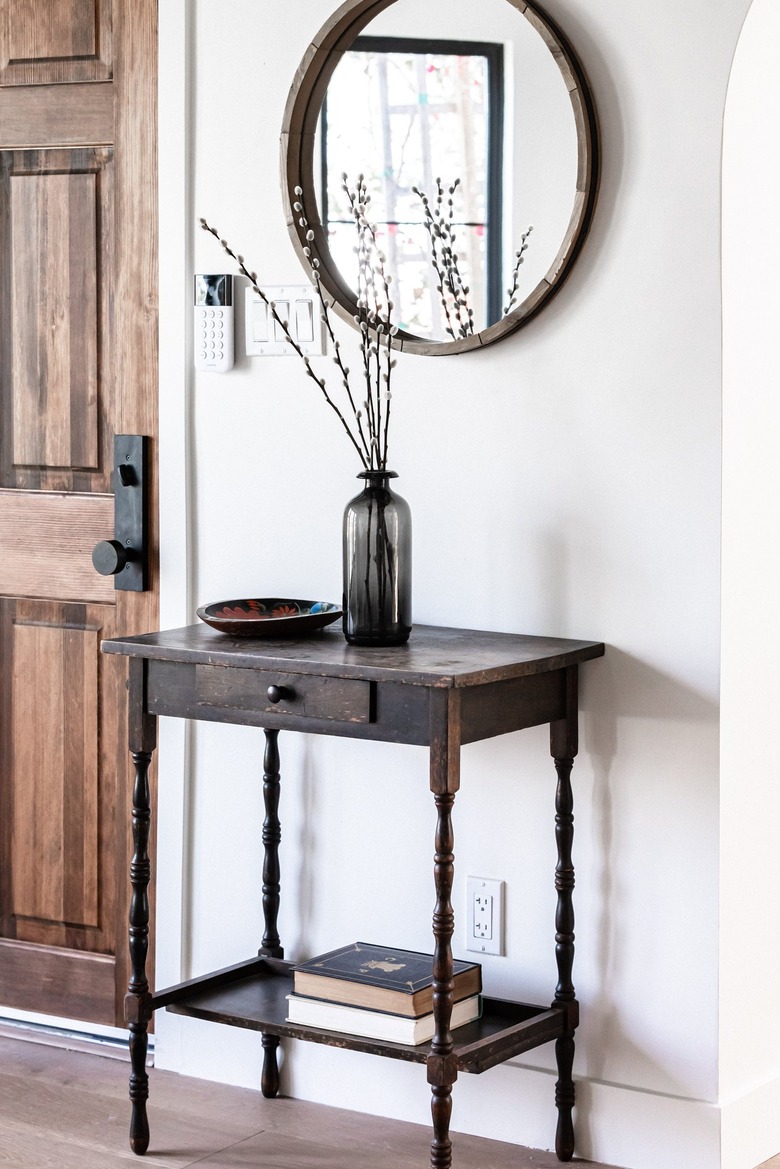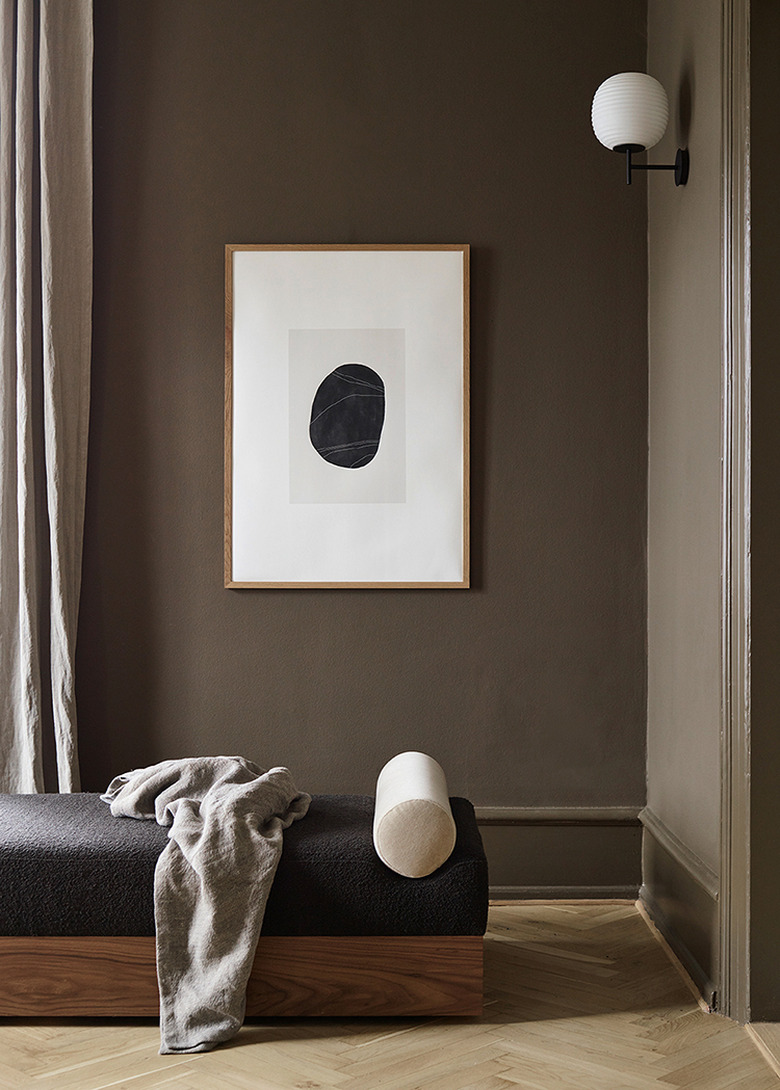Ever Wondered, "What Colors Make Brown?" — Here's The Answer
Color is everything in our homes. It has the power to soothe, energize, or even make us feel relaxed before going to bed. Luckily, if you're currently on a quest for fresh, new color ideas for your home, there's one very smart, scientific way to do this.
In short, color theory is the art and science of color mixing. The basis of color theory is the good, old, trusty color wheel, a circular chart of color-filled triangles that showcases the relationship between different hues: primary colors (red, yellow, blue); secondary colors (purple, orange, green, or colors that are made by mixing two primary colors); and tertiary colors (made by combining a full saturation of one primary color with a half saturation of another primary color).
If you'd like to turn to the color wheel for an updated palette, there are two ways to go about it. You can consider a monochromatic scheme which will wrap in shades from the same family (like diverging tints of blue). Or, you can embrace a complementary color scheme that represents hues from opposite sides of the wheel.
Brown is one example that is a result of combining primary and complementary shades. Although it is a neutral hue, it can be created in more ways than one — which can be helpful to keep in mind if you're mixing paint colors together, or you'd like to know how your favorite shade of brown — like the decadent tint flaunted on these walls, spotted on My Paradissi — is brought to life. Curious?
Ahead, you'll discover four different combinations that all arrive at the same destination: the color brown.
Blue + Red + Yellow = Brown
Blue + Red + Yellow = Brown
You might be surprised to learn that the three most recognized primary colors — red, yellow, and blue — can be combined to create a dark neutral.
Red + Green = Brown
Red + Green = Brown
Located opposite one another on the color wheel, red (a primary color) and green (a secondary color) can join forces to make a rich shade of brown.
Blue + Orange = Brown
Blue + Orange = Brown
This is another example of mixing primary (blue) and secondary (orange) colors to achieve a warm shade of brown.
Yellow + Purple = Brown
Yellow + Purple = Brown
Here is an additional instance where yellow — a primary color — can be mixed with purple — a complementary shade — to generate a handsome brown hue.

